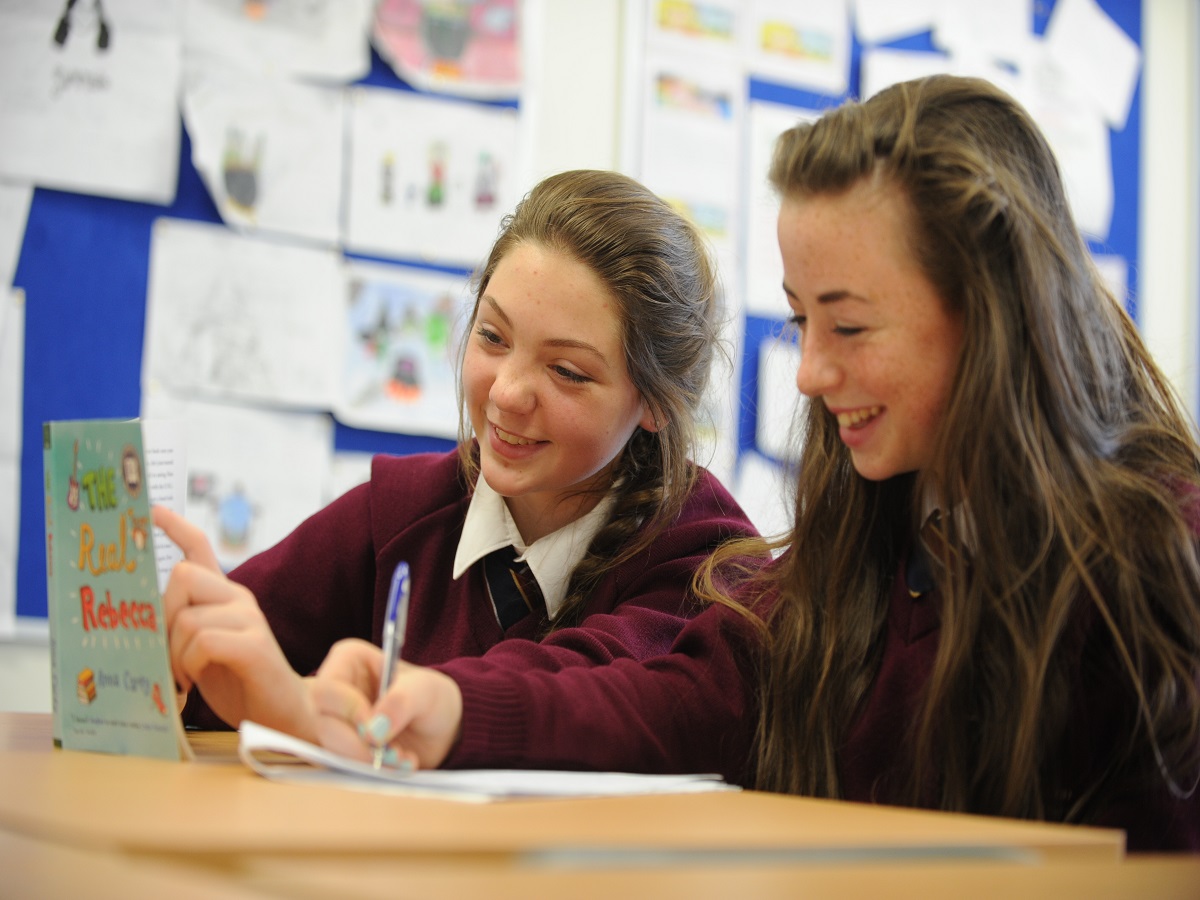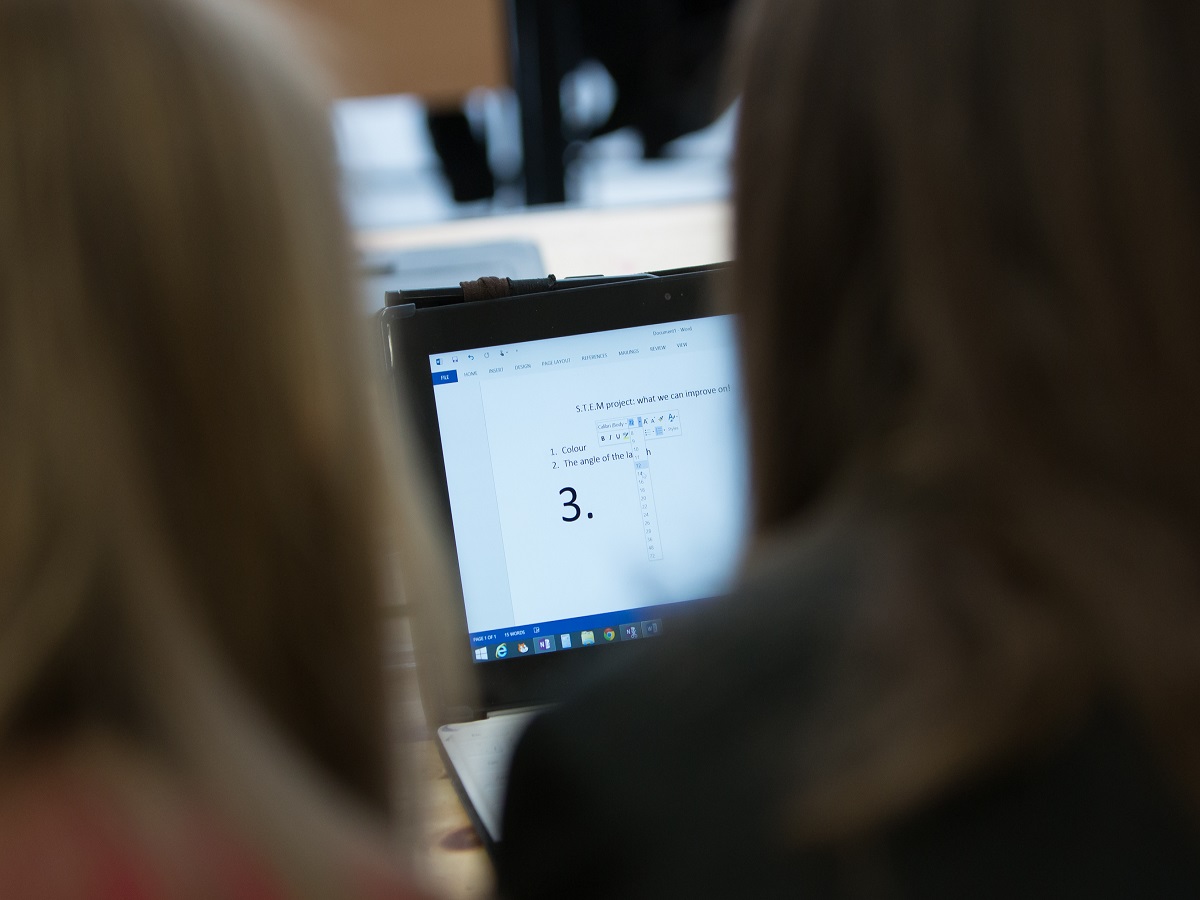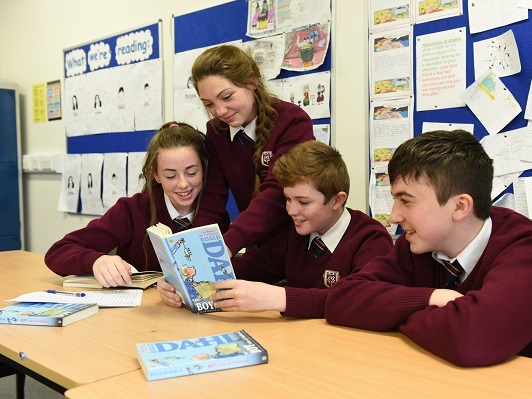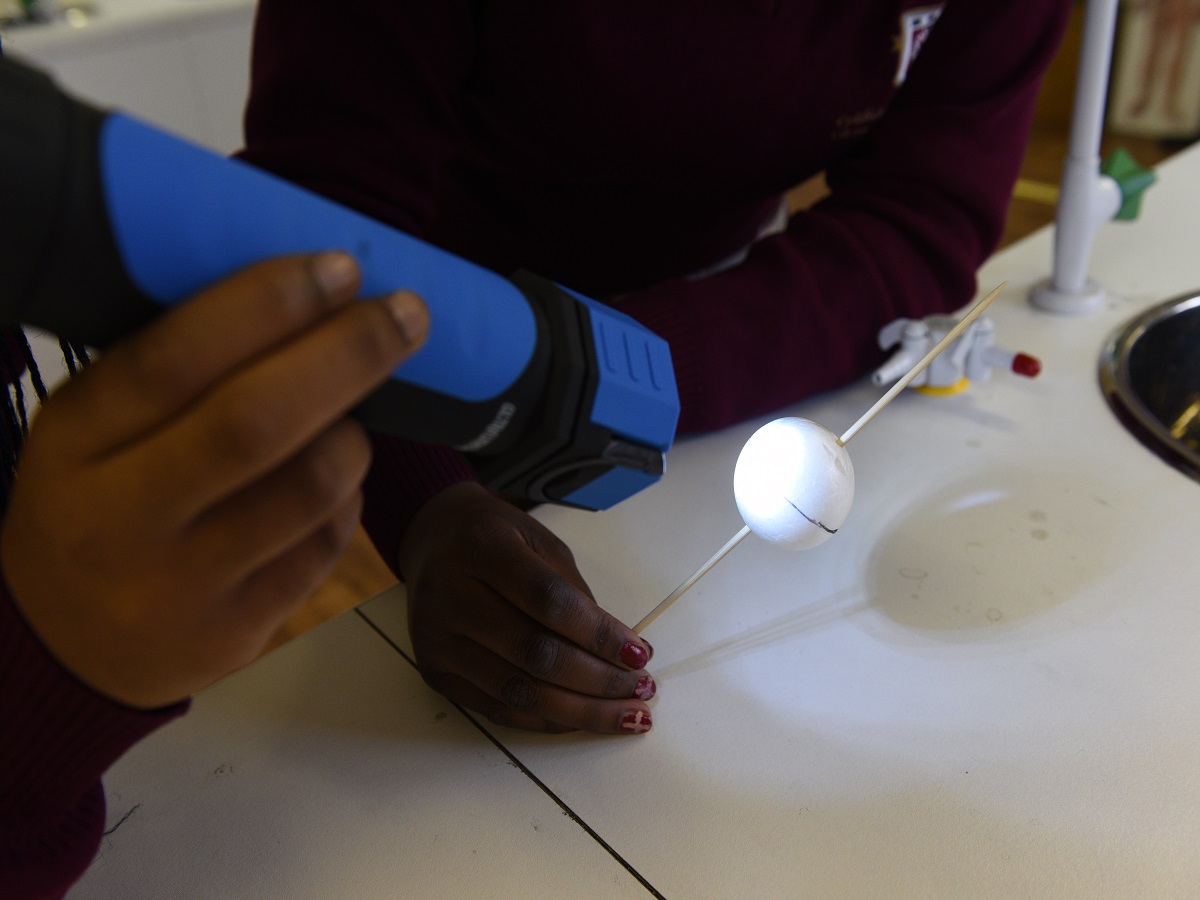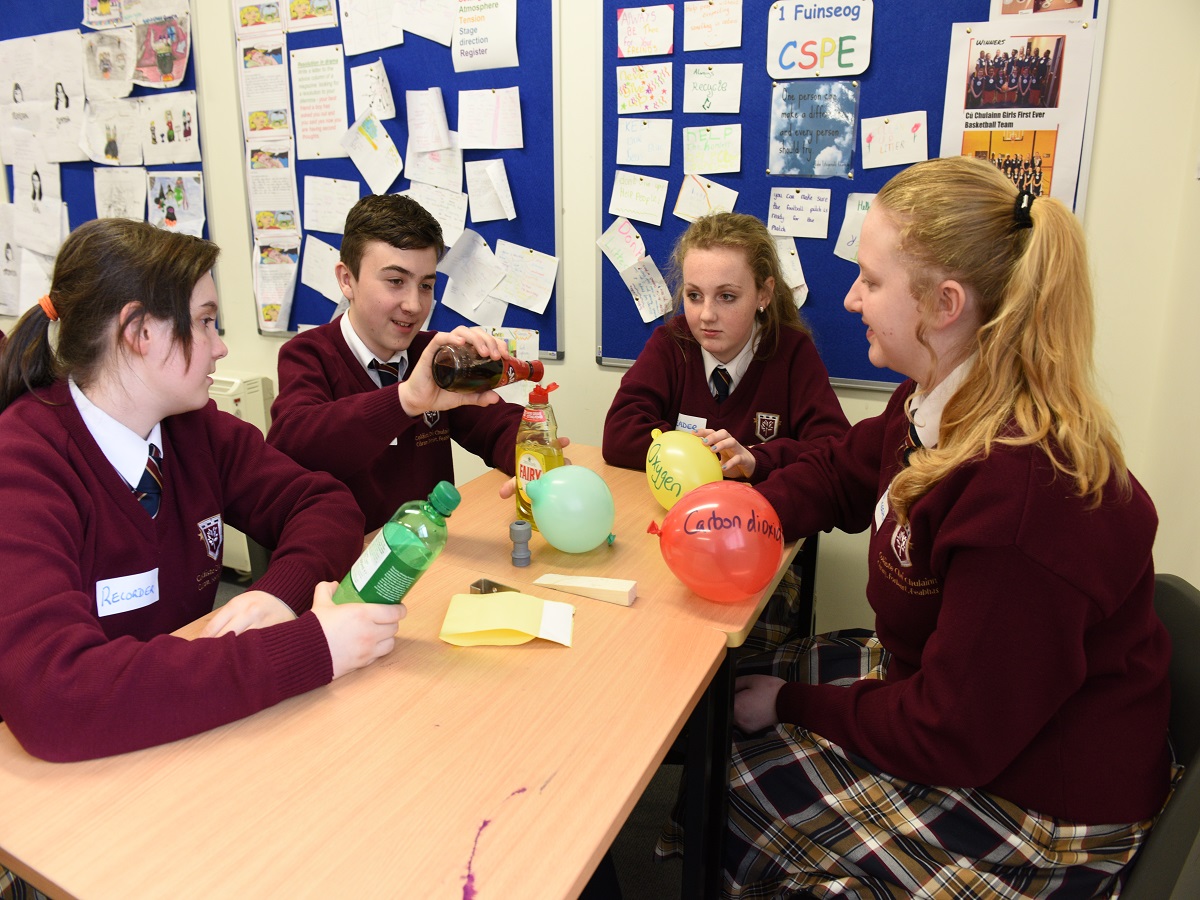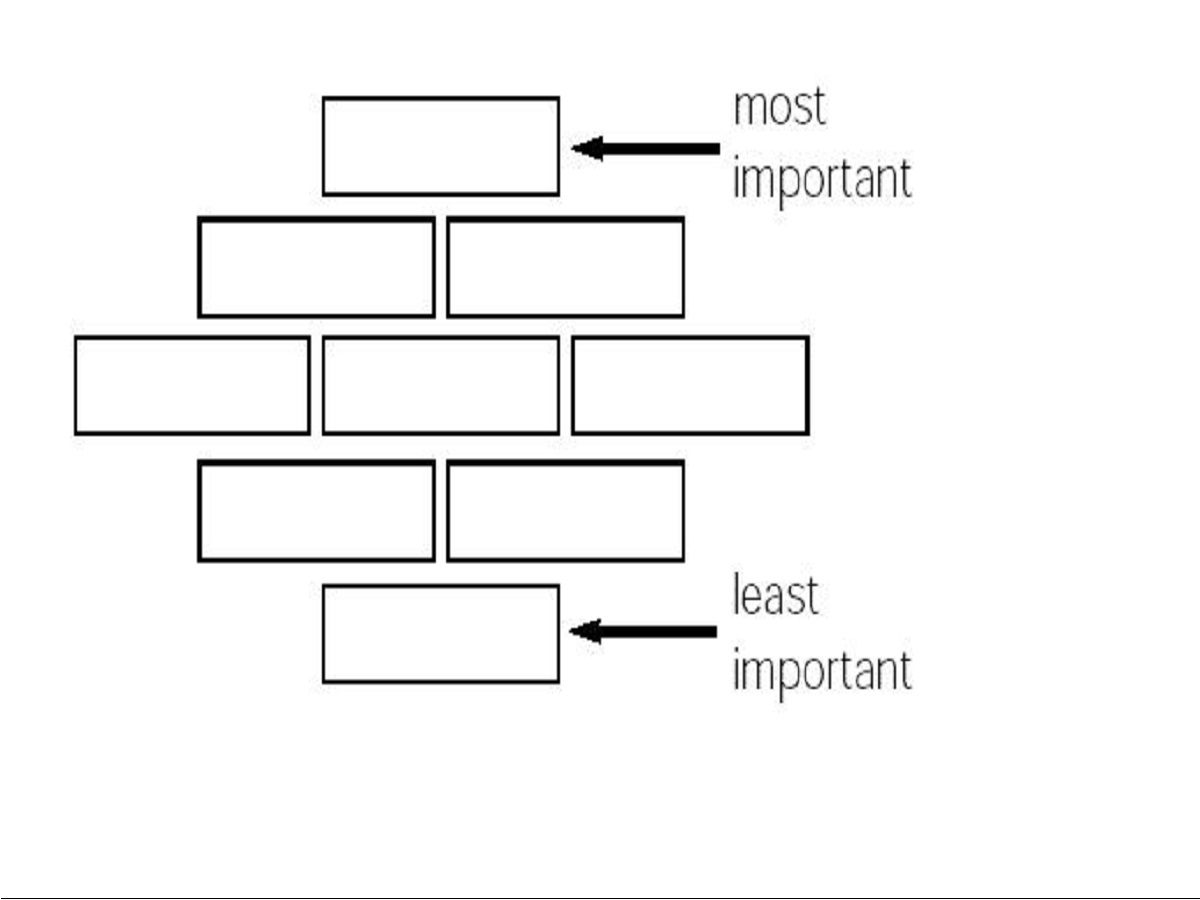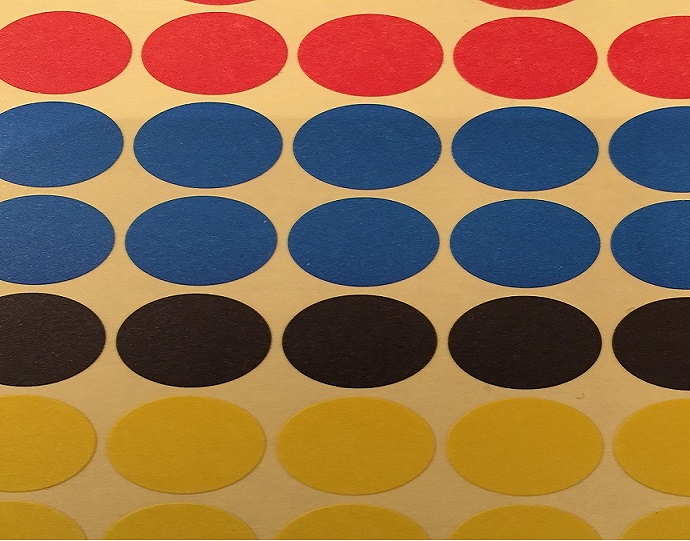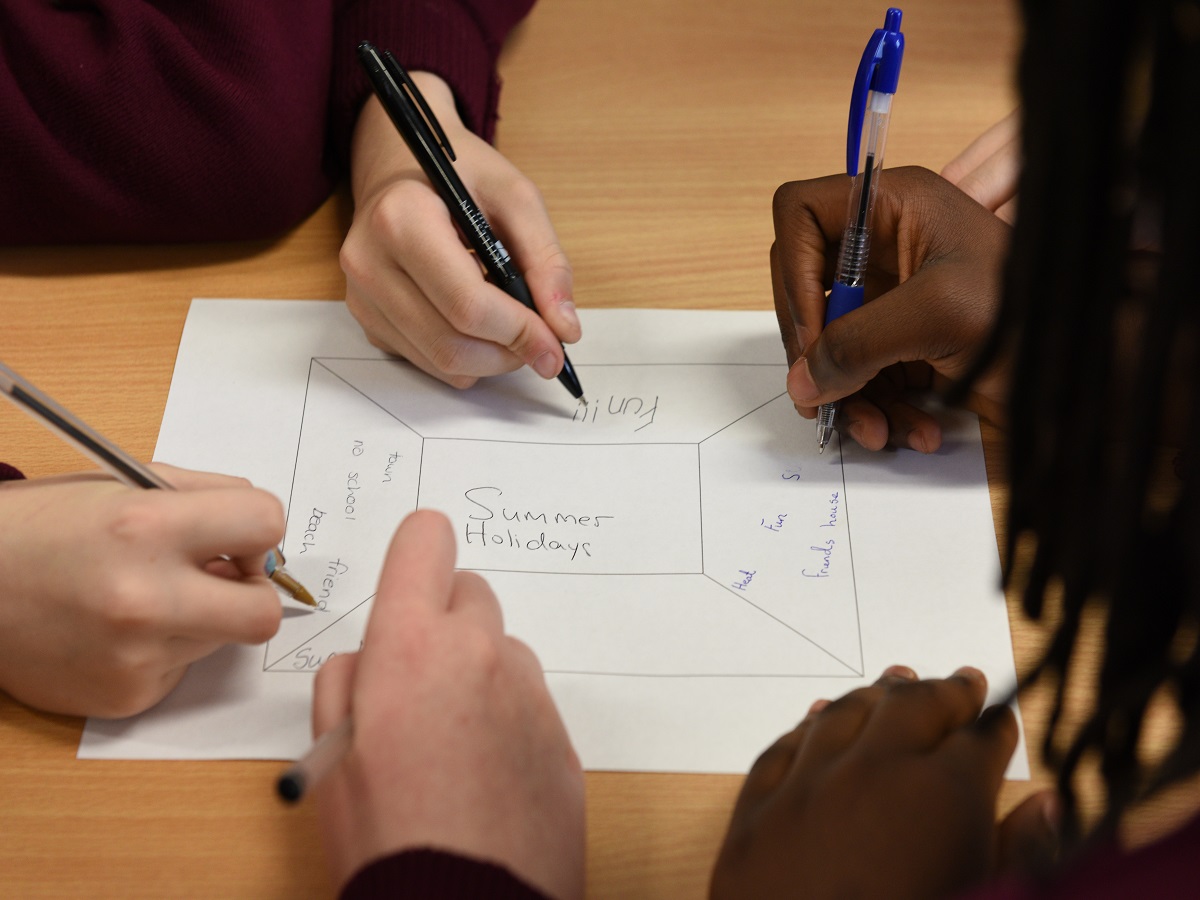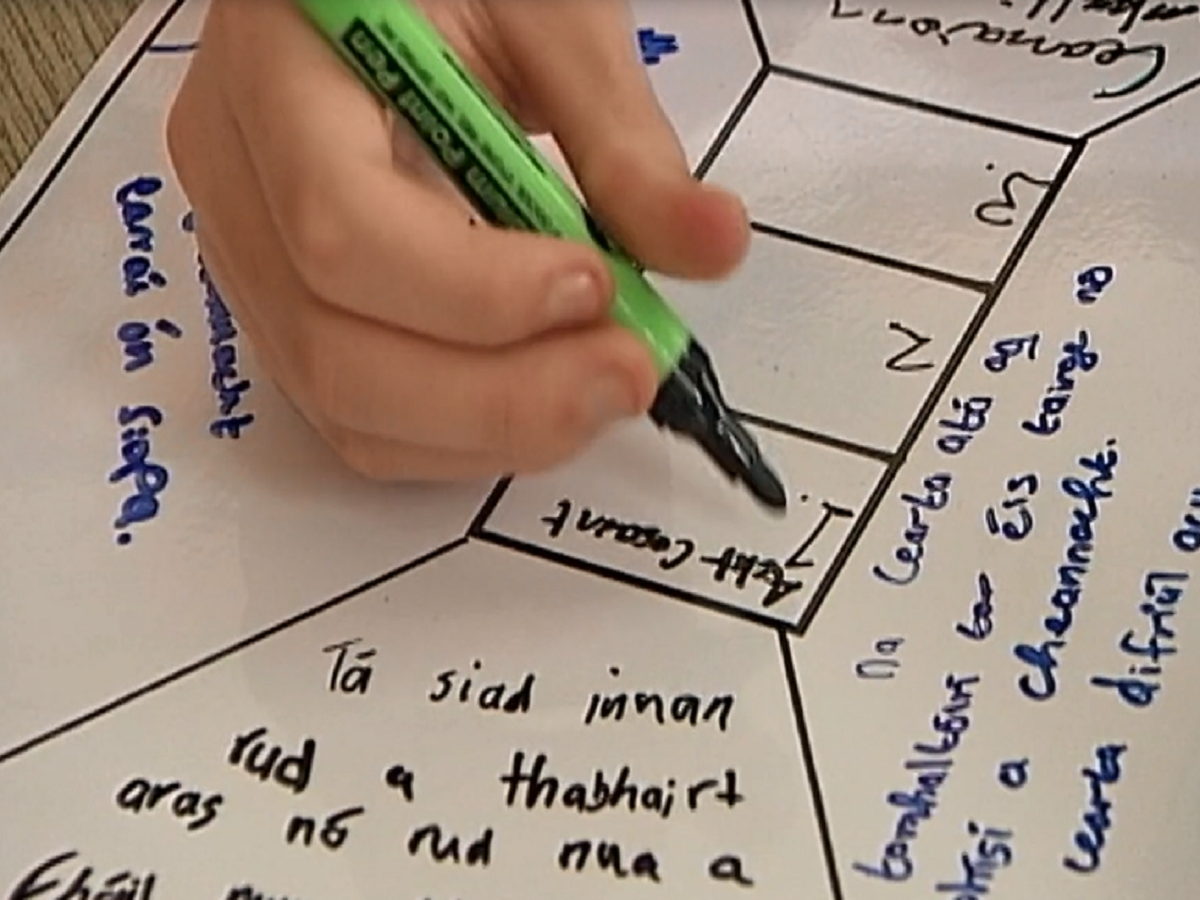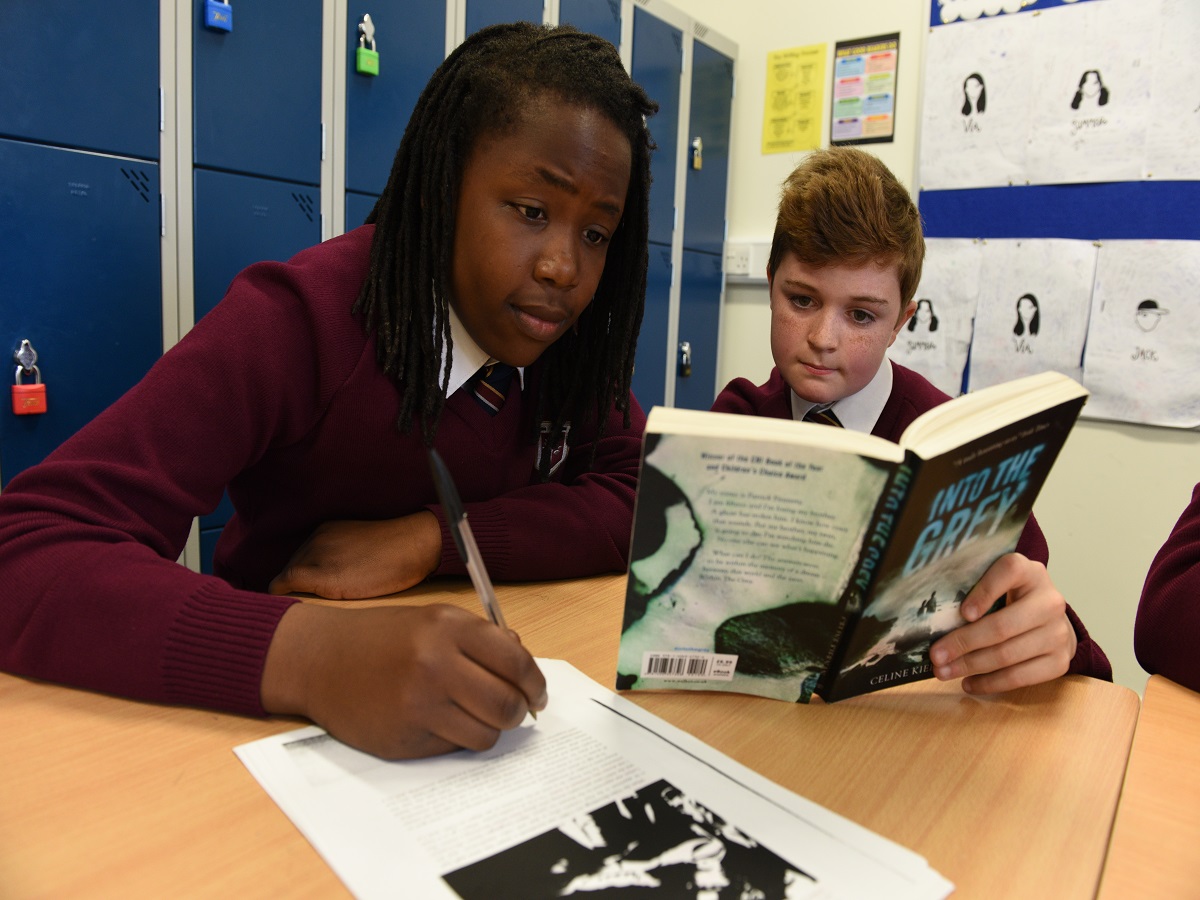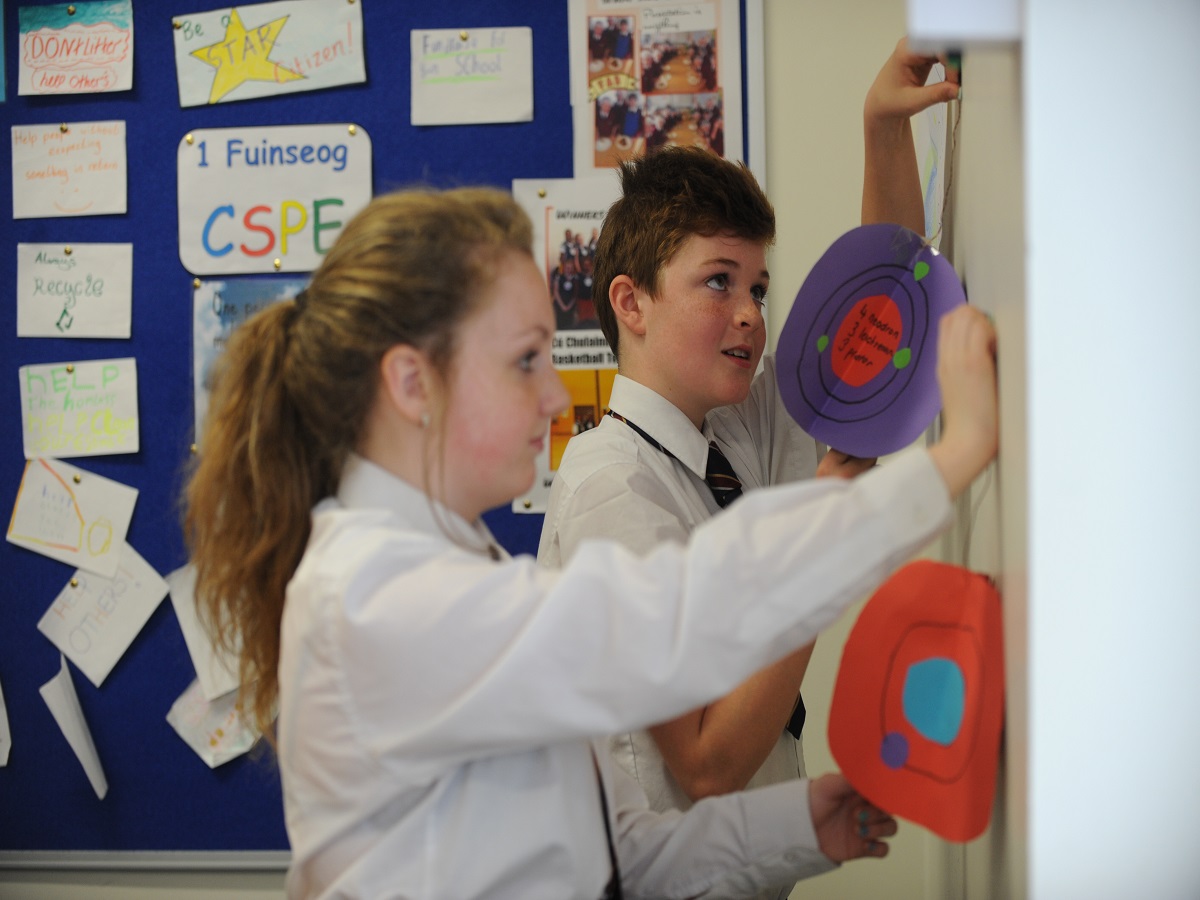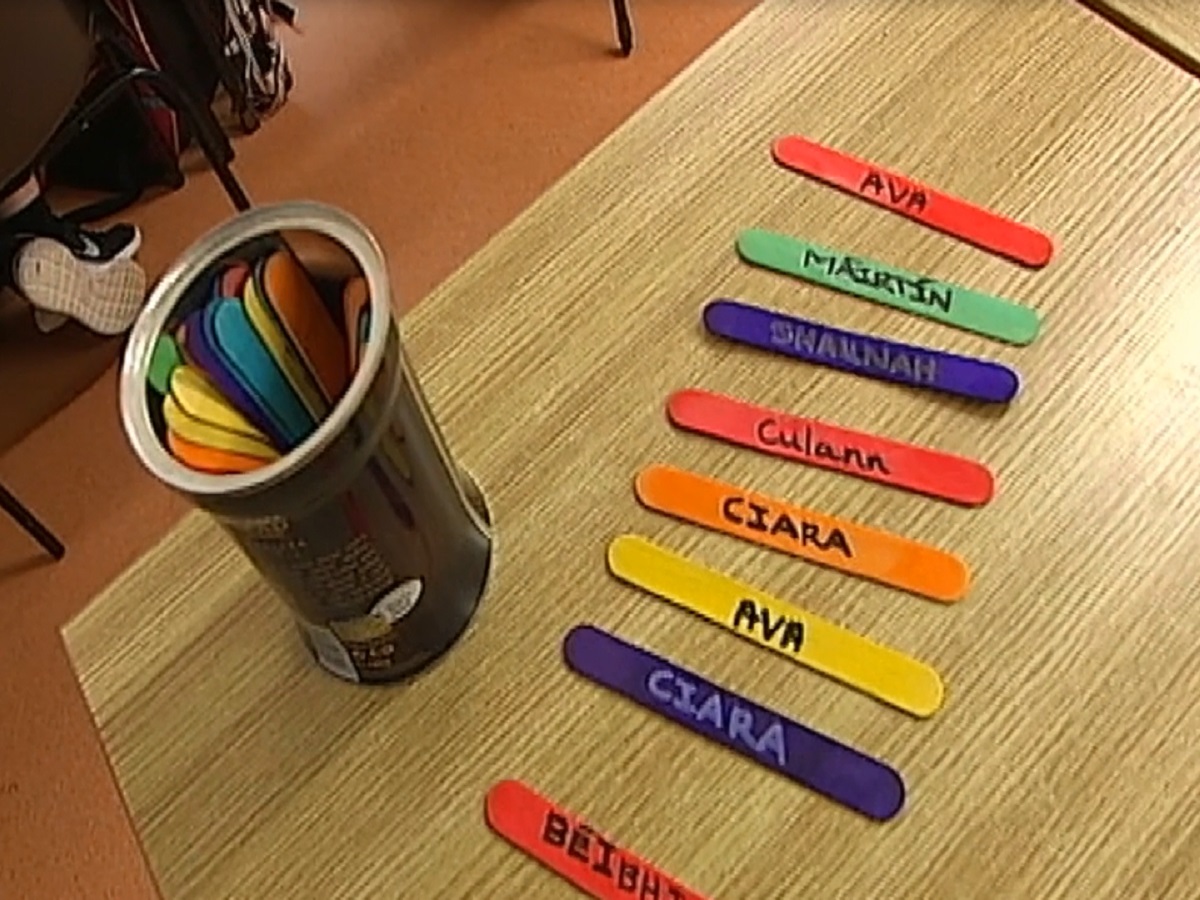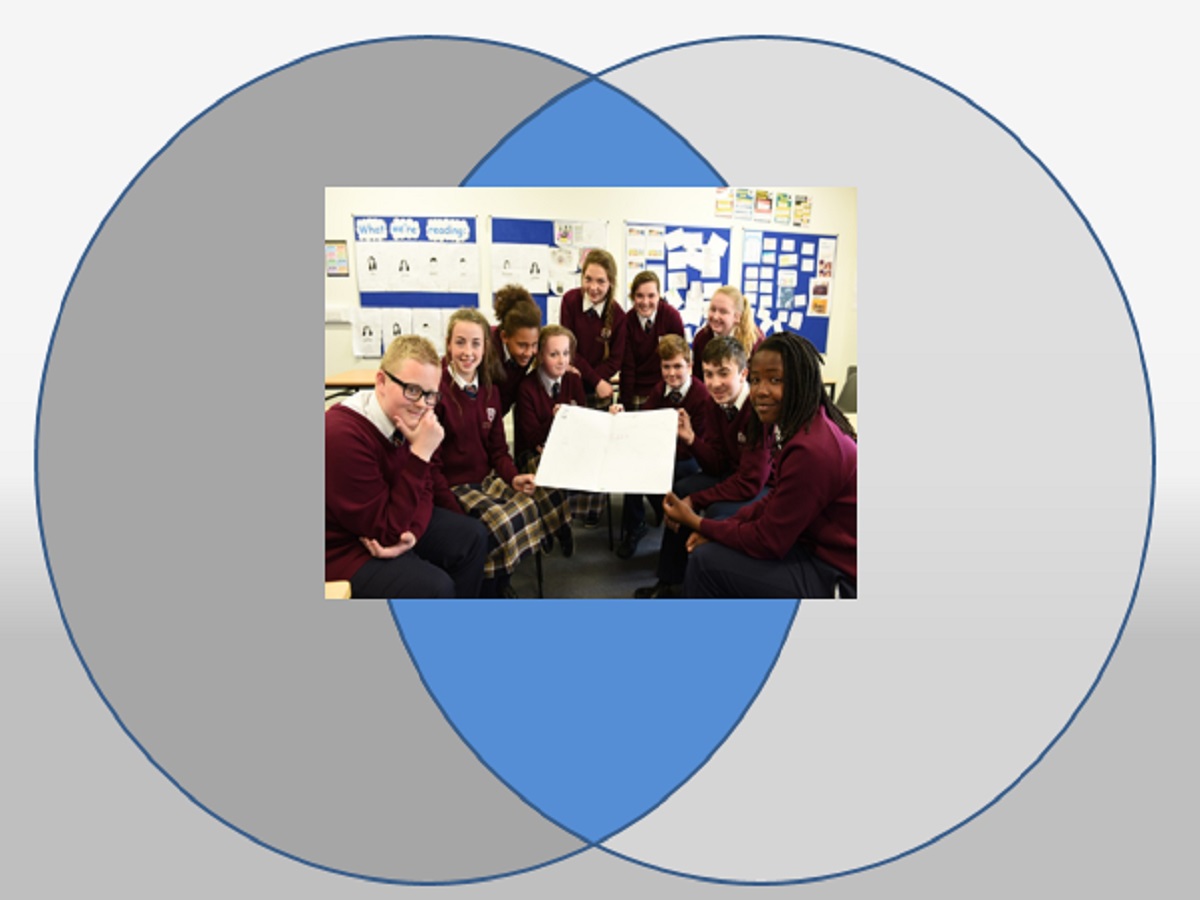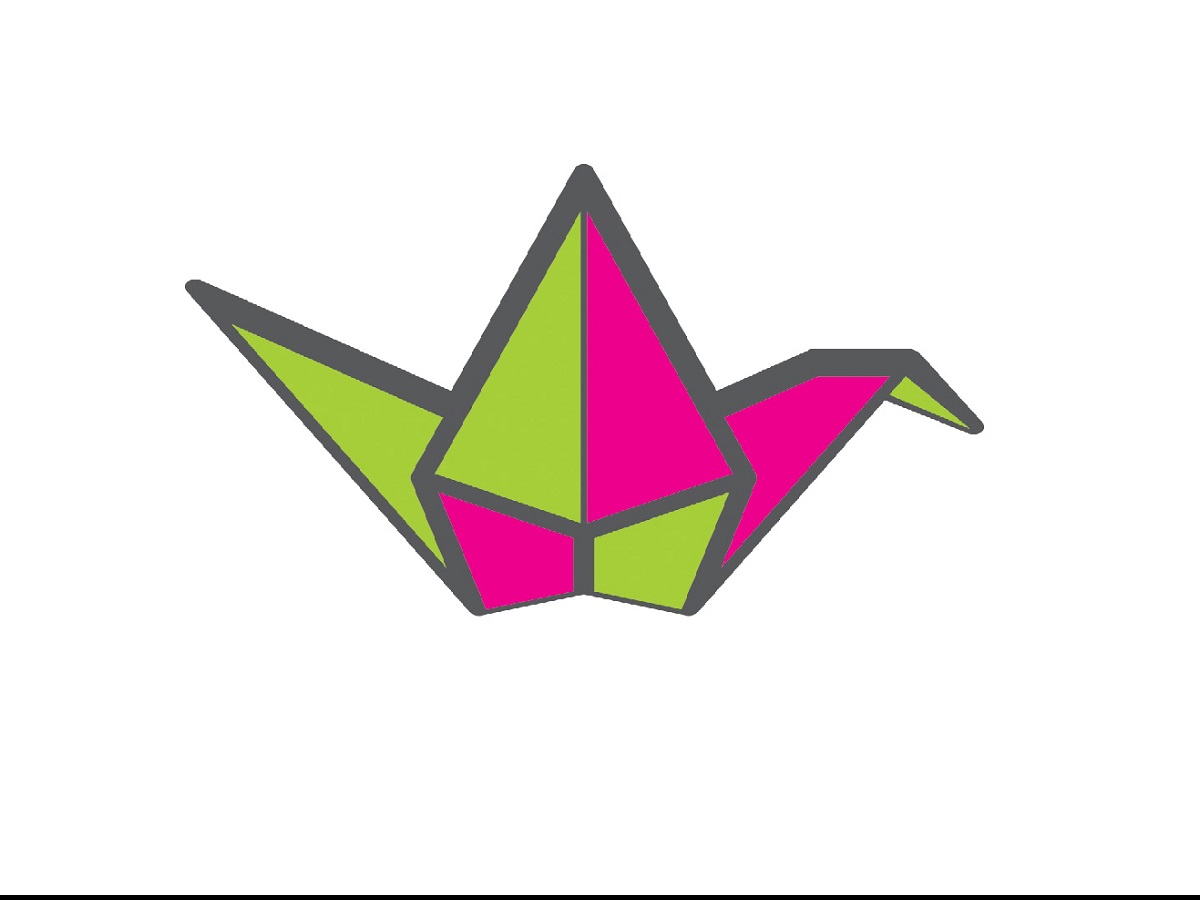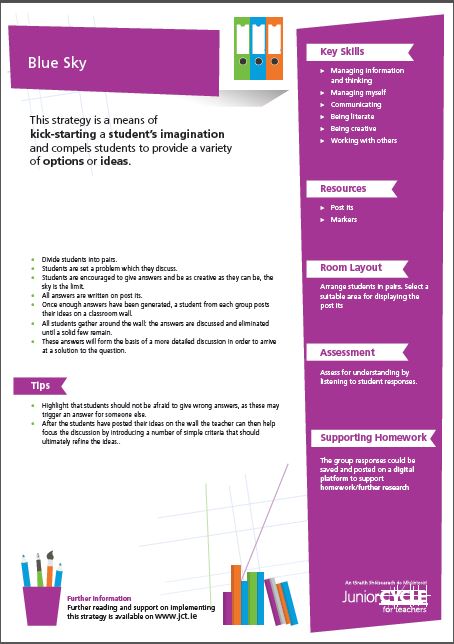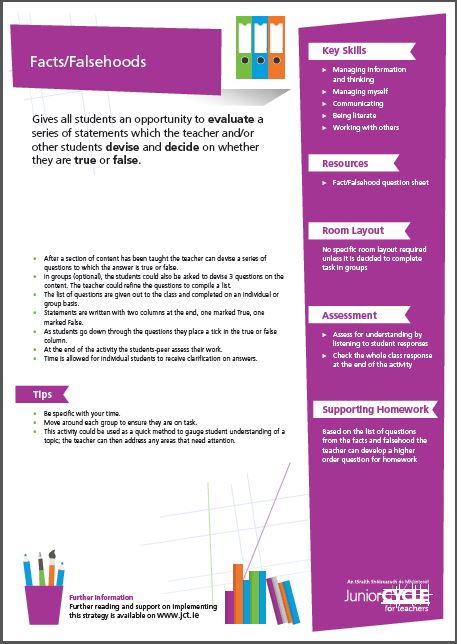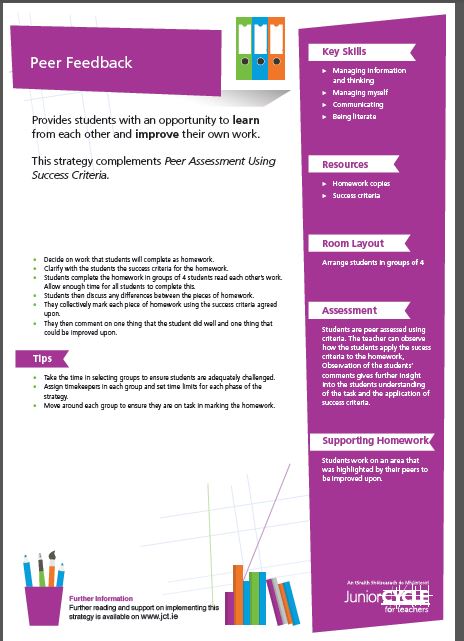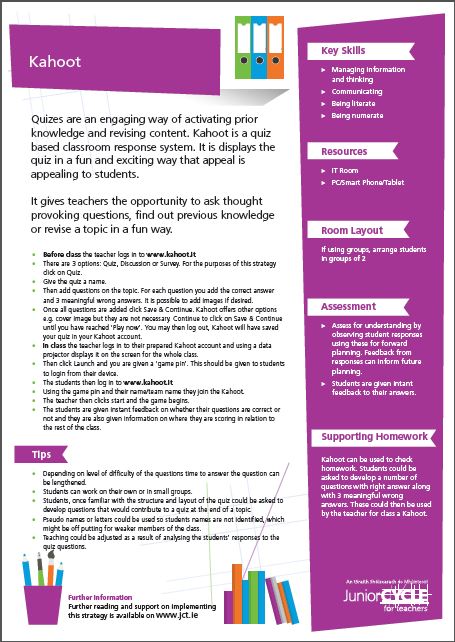-
MANAGING INFORMATION & THINKING
-
WORKING WITH OTHERS
-
COMMUNICATING
-
MANAGING MYSELF
-
BEING LITERATE
-
STAYING WELL
-
BEING NUMERATE
-
BEING CREATIVE
-
ALL STRATEGIES
Visit our YouTube Strategies channel:
Strategies to Activate the Key Skills:
COMMUNICATING
This is a comprehension strategy that is used
before reading to activate students' prior
knowledge and build curiosity about a new topic.
This strategy also stimulates student interest in a
topic and sets a purpose for reading, listening or
watching. They teach students to make predictions,
anticipate and verify predictions. They will
connect new information to prior knowledge.
This strategy allows students to demonstrate
an understanding of relationships between
things and helps them clarify concepts.
Used collaboratively, students develop
communication skills and can deepen their
understanding of the topic in hand.
In this strategy students work together through
group vote to make informed decisions, to
prioritise and reach consensus. It could be used in
a Tutor Class, Year Group or Student Council to
come to a democratic decision.
Dotmocracy gives every student an equal chance
to have their opinion recorded even in the largest
of groups.
. . . success criteria summarise the
key steps or ingredients the student needs
in order to fulfil the learning intention
- the main things to do, include
or focus on.
Shirley Clarke 2010
Quizzes are an engaging way of activating prior
knowledge and revising content. Kahoot! is a
quiz based classroom response system. It displays
the quiz in a fun and exciting way that is
appealing to students.
It gives teachers the opportunity to ask thought
provoking questions, find out previous knowledge
or revise a topic in a fun way.
This strategy involves students interpreting, summarising, comparing and contrasting information using a different form of representation, generating new information and knowledge by adapting, designing and representing information digitally.
Provides all students with an opportunity to
engage in thinking at the evaluation level of
Bloom's taxonomy.
A Ranking Ladder requires students to place items
on rungs of a ladder in order from least to most
important, as a group activity it allows students to
be challenged as to why they rank one item above
or below another.
Using Skype in the classroom is a way for teachers
to introduce the world beyond the classroom
walls to their students. It creates a global
community of learners.
It can develop critical thinking, geography skills,
listening and speaking skills. It can be both
teacher and student-led. It encourages
collaboration, communication and it a useful tool
for research.
This strategy gives students the opportunity to
respond to questions in writing. Asking students
to think and write about what they are learning
promotes retention and comprehension.
These checks for understanding help students
make sense of what they are learning before
moving on in the lesson.
This strategy encourages students to gather information relevant to subject or topic in question. It is particularly relevant to the key skill managing information and thinking. The students learn to design quality questions and subsequently analyse the results in order to come to valid conclusions.
This strategy allows students to graphically display the similarities and differences between two items or themes. It works very well with groups allowing oral processing of learning. A very effective strategy for comparing and contrasting.
COMMUNICATING
Anticipation Exercise more_vert
This is a comprehension strategy that is used
before reading to activate students' prior
knowledge and build curiosity about a new topic.
This strategy also stimulates student interest in a
topic and sets a purpose for reading, listening or
watching. They teach students to make predictions,
anticipate and verify predictions. They will
connect new information to prior knowledge.
Classification more_vert
This strategy allows students to demonstrate
an understanding of relationships between
things and helps them clarify concepts.
Used collaboratively, students develop
communication skills and can deepen their
understanding of the topic in hand.
Dotmocracy more_vert
In this strategy students work together through
group vote to make informed decisions, to
prioritise and reach consensus. It could be used in
a Tutor Class, Year Group or Student Council to
come to a democratic decision.
Dotmocracy gives every student an equal chance
to have their opinion recorded even in the largest
of groups.
Kahoot! more_vert
Quizzes are an engaging way of activating prior
knowledge and revising content. Kahoot! is a
quiz based classroom response system. It displays
the quiz in a fun and exciting way that is
appealing to students.
It gives teachers the opportunity to ask thought
provoking questions, find out previous knowledge
or revise a topic in a fun way.
Through the Lens more_vert
This strategy involves students interpreting, summarising, comparing and contrasting information using a different form of representation, generating new information and knowledge by adapting, designing and representing information digitally.
Ranking Ladder more_vert
Provides all students with an opportunity to
engage in thinking at the evaluation level of
Bloom's taxonomy.
A Ranking Ladder requires students to place items
on rungs of a ladder in order from least to most
important, as a group activity it allows students to
be challenged as to why they rank one item above
or below another.
Skype more_vert
Using Skype in the classroom is a way for teachers
to introduce the world beyond the classroom
walls to their students. It creates a global
community of learners.
It can develop critical thinking, geography skills,
listening and speaking skills. It can be both
teacher and student-led. It encourages
collaboration, communication and it a useful tool
for research.
Stop and Jot more_vert
This strategy gives students the opportunity to
respond to questions in writing. Asking students
to think and write about what they are learning
promotes retention and comprehension.
These checks for understanding help students
make sense of what they are learning before
moving on in the lesson.
Survey more_vert
This strategy encourages students to gather information relevant to subject or topic in question. It is particularly relevant to the key skill managing information and thinking. The students learn to design quality questions and subsequently analyse the results in order to come to valid conclusions.
Venn Diagram more_vert
This strategy allows students to graphically display the similarities and differences between two items or themes. It works very well with groups allowing oral processing of learning. A very effective strategy for comparing and contrasting.


